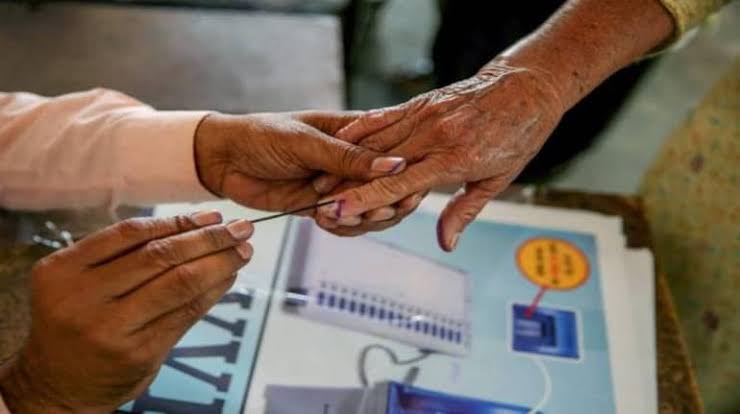As the seven-phased general election process in India entered the fourth phase on May 13 with polling in 96 seats, serious concerns about the overall conduct of the Election Commission of India (ECI) and its poll-management in particular are getting marked from almost all parts of the country. In fact, these concerns have been expressed repeatedly in diverse streams of Indian society over the past few days.
On May 11, citizens and civil society organisations carried out a joint campaign involving thousands of people exhorting the ECI to “Grow a Spine or Resign”. Thousands of citizens and a large number of civil society organisations sent specially crafted postcards with this slogan to the ECI. The central theme highlighted by this postcard-campaign was the lack of action by the ECI against the ruling Bharatiya Janata Party (BJP) and its leaders, including Prime Minister Narendra Modi, even after the party and its campaigners were blatantly pursuing a Hindutva communal propaganda, clearly aimed at vitiating social harmony during the elections.
One day before this, on May 10, the Association for Democratic Reforms (ADR), a non-governmental organisation with a stellar record in terms of studying and analysing Indian elections as well as governance and policy issues, filed an interim application in the Supreme Court questioning the inordinate delay on the part of the ECI in tabulating the polled votes in the first two phases of the seven phased Lok Sabha elections. The ADR stated that the plea was filed to ensure that the democratic process is not subverted by electoral irregularities.

The ADR plea pointed out as follows. “The voter turn-out data for the first two phases of the ongoing 2024 Lok Sabha elections published by ECI on April 30 has been published after 11 days of the first phase of polling held on April 19 and 4 days after the second phase of polling held on April 26. The data as published by the ECI in its press release dated April 30, 2024 shows a sharp increase (by about 5-6%) as compared to the initial percentages announced by ECI as of 7 pm on the day of polling.” The plea further pointed out that the “unusually high revision of over 5 percent in the poll panel’s press note of April 30, 2024 has raised concerns and public suspicion regarding the correctness of the said data.”
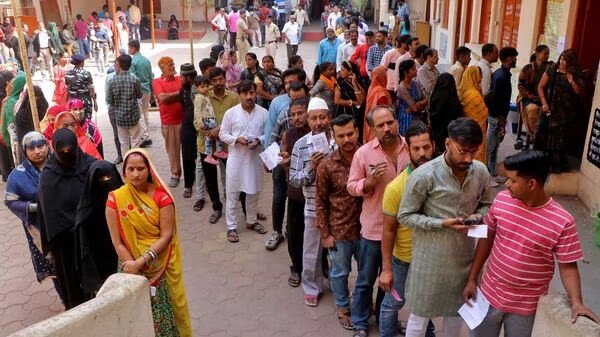
Five major journalists organisations – The Press Club of India, Indian Women’s Press Corp, Foreign Correspondents’ Club, Delhi Union of Journalists and Press Association – also wrote a letter to the ECI expressing shock and surprise about the institution’s unwillingness to release the “absolute number of votes polled”, in the first three phases of the seven-phased Lok Sabha elections. In the letter addressed to the Chief Election Commissioner (CEC), the presidents of the journalists organisations pointed out that in the 2019 general election, a press conference by the ECI after every phase was a “normal practice”. “It should be noted that at the press conferences, the journalists clarify their doubts and confusion, if any, which helps them report and write error-free copies for their readers. They keep the citizens accurately informed and updated on the ongoing election. The Election Commissioners can also speak directly to voters via electronic media during a press conference,” the letter pointed out.
As a whole, these concerned interventions underscored the conspicuous absence of transparency in the functioning of the constitutional institution. Even as these serious doubts and apprehensions over the conduct of the ECI are getting expressed across several public forums, Manoranjan S Roy, Mumbai based Right to Information (RTI) activist, who has consistently followed and studied the use of electronic voting machines (EVMs) in India, especially the systems adopted by the ECI in terms of tabulation and deployment of these machines, has pointed out to some glaring mismatches in the whole process.

Talking to The AIDEM, Roy said that the ECI’s tabulation of the receipt and deployment of EVMs from the two designated manufacturing companies – namely the Electronics Corporation of India Ltd (ECIL), Hyderabad, and Bharat Electronics Ltd (BEL), Bengaluru- has always been problematic (the public interest litigation -PIL – that he had filed in 2018 on this matter is still pending with the courts even now) but in relation to the 2024 polls, even the press release issued by the institution is replete with mismatches and inconsistencies. Roy pointed out that a simple comparison of the ECI press releases issued in connection with the 2019 and 2024 Lok Sabha elections brings out a number of mismatches.
To start with, the ECI press releases show that there has been an increase of 7.2 crore voters between 2019 and 2024. This rise seems to have been factored into the addition of polling booths for the 2024 polls. A total of 15000 polling stations have been added across the country raising the number of actual polling stations to 10.50 lakhs from 10.35 lakhs. Strangely, however, there is no proportional increase in the number of EVMs being deployed in these polling stations.
In the 2019 press release on the usage of EVMs, the ECI had given details of the different units that constitute an EVM. The then press release (dated March 10, 2019) had listed a total of 57.05 lakh machines with the following break up. Ballot Unit (BU) – 23.3 lakh, Control Unit (CU) – 16.35 lakh and Voter Verifiable Paper Audit Trails (VVPAT) -17.4 lakh.

The manual published by ECI on EVMs states clearly that an “EVM means Ballot Unit, Control Unit and VVPAT unit”. Recently, the Supreme Court has also reasserted this definition.
Going by this definition, the total number of EVMs deployed in the 2019 elections was 57.05 lakhs. But, the 2024 press release of the ECI merely states that 55 lakh EVMs are being used in the 2024 elections. No classification in terms of the different components – BU, CU, VVPAT- could be found despite a perusal of the different announcements and press releases of the ECI.
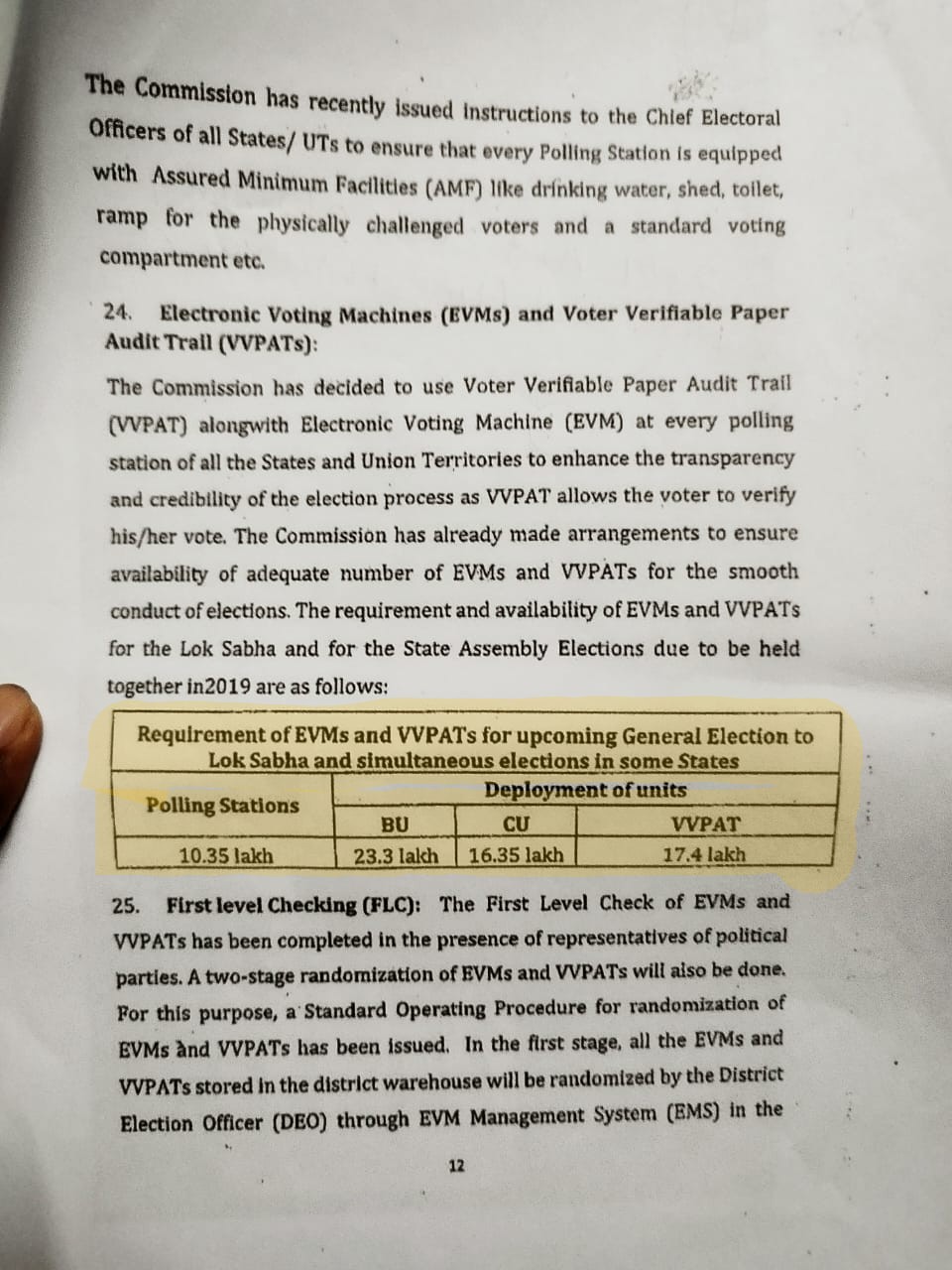
Roy told The AIDEM, that on the basis of this difference between the EVM figures of 2019 and 2024, he has a few very simple questions. “The ECI has allocated approximately 2.05 lakh EVMs less for the current elections despite an increase of 7.2 crore voters and an increase of 15000 polling stations as compared to 2019. What exactly is the logic behind this? Have EVMs suddenly become smarter than before? If the ECI has any explanation for this, it should be in the public domain. That is the kind of transparency that is expected of this constitutional institution.”
Roy further went on to add that the figures on the number of EVMs available with the ECI as sourced by him through RTI application also brings out strange facts that raise a number of suspicions. As per the documents sourced by Roy through RTI, the ECI had given a work order to ECIL and BEL on June 21,2021 to supply a total of 10,42,000 BU (4,87,000 from BEL and 5,55,000 from ECIL), 6,97,000 CU (4,08,500 from BEL and 2,88,500 from ECIL) and 6,46,000 VVPAT (3,24,000 from BEL and 3,22,000 from ECIL). The order was to be completed in March 2023 as per the notification given to the two companies by ECI. Evidently, this procurement was targeted towards elections, including the 2024 Lok Sabha elections.
However, in an RTI reply given to Roy on February 6,2024 ECIL stated that the total number of BU supplied by them to ECI in 2022-2023 is 4,18,590. In other words ECIL supply was short by 68,410 machines. More strangely, the order ECIL had for CU was for 2,88,500 units, but in the RTI response to Roy the company stated it had supplied 3,31,319 units. That is an additional delivery of 42,819 units. What is this in aid of, wonders Roy.


The RTI activist further pointed out that in an RTI reply he received from BEL (dated February 1, 2024), there are references to a model of EVMs named Mk V (Mk 5). In fact, all the BUs and CUs that BEL has supplied to the ECI in 2022-23 as per the 2021 June order belong to this model. This supply is of 4,87,000 BU and 4,08,500 CU. Roy told The AIDEM that the technical details of this model are not known even to seasoned EVM watchers like him and the ECI needs to explain the characteristics of the model to the public through an explanatory note. The EVMs currently being used in India belong to M3 and M2M3 models. Earlier, M2 model EVMs were also used, but according to Roy, those machines are no longer deployed for polling purposes, as they are considered to be obsolete.
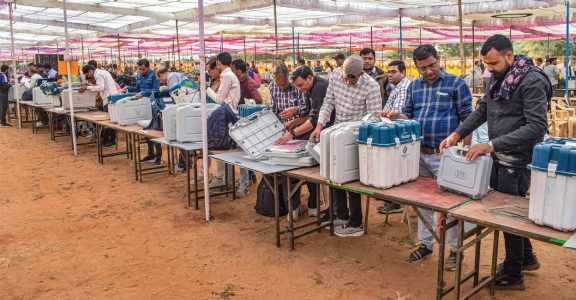
According to Roy, the responses he has received from the companies also suggest that the machines that they have made and supplied to the ECI are not according to the specifications mentioned in the procurement order. While the BUs and CUs of both the companies have a capacity of 2000 per machine, the VVPAT capacity of BEL is 1400 and that of ECIL 1500. Roys question to the ECI as to how the mismatch of 600 and 500 respectively between the CUs and VVPATs would get rationalised while counting.
As someone who has followed the ECI’s functioning, particularly in relation to the use of EVMs, Roy points out that he had brought the ECI’s gross mismatches and errors in tabulation in public forums,including the judiciary, as early as 2018. He had filed a PIL in the Bombay High Court in March 2018, which pointed out that lakhs of EVMs that the manufacturers affirm to have delivered are “missing” from the possession of the ECI. In the marathon RTI exercise that Roy had undertaken before filing the PIL, he had sought state-wise information from the ECI for the period between 1989 to 2017 about unique ID number of the EVMs (including -BU-CU and VVPAT) supplied to various States along with challan copy of transport as well as name and mode of transporter.
Roy’s plea was that the use of EVMs is marked by intrigue as sporadic cases of mysterious appearances of EVMs in unexpected places, including in isolated private godowns and stretside dustbins, were reported steadily over the years. He demanded that a thorough investigation should be initiated into the procurement and deployment of EVMs and a comprehensive report on the facts thrown up by the investigation should be placed before the public.
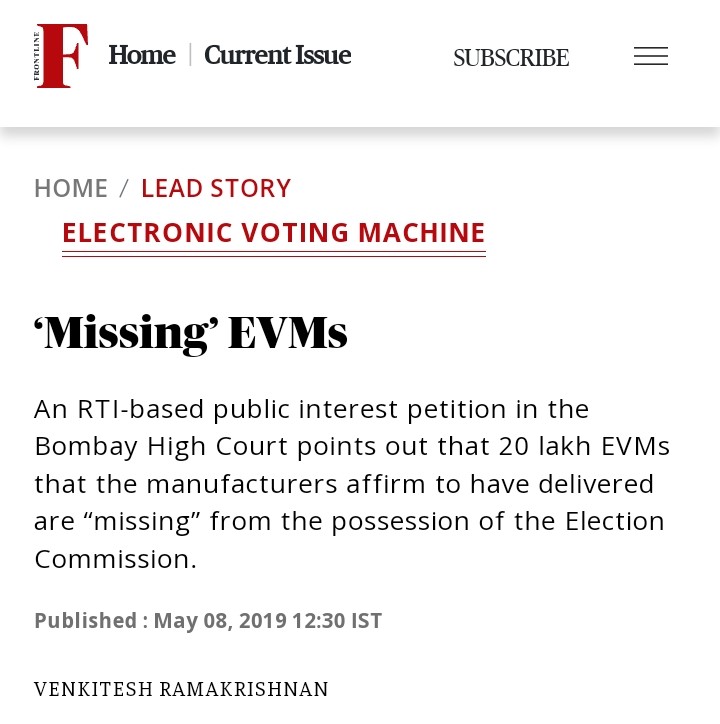
The PIL was filed before the 2019 Lok Sabha polls and between then and now the case has witnessed close to 20 hearings and as many postponements. And, now the process of the next election has also progressed past midway. Evidently, the ECI has not acceded to any investigation and the case drags on. Even as his six years long wait continues Roy has unearthed the new revelations on the new mismatches. However, it remains to be seen what impact it would have on the current ECI, which seems to be immune to all queries and criticisms raised by the public against it, even while it seems to be steadfastly protecting the interests of the ruling establishment.
Courtesy: The AIDEM
